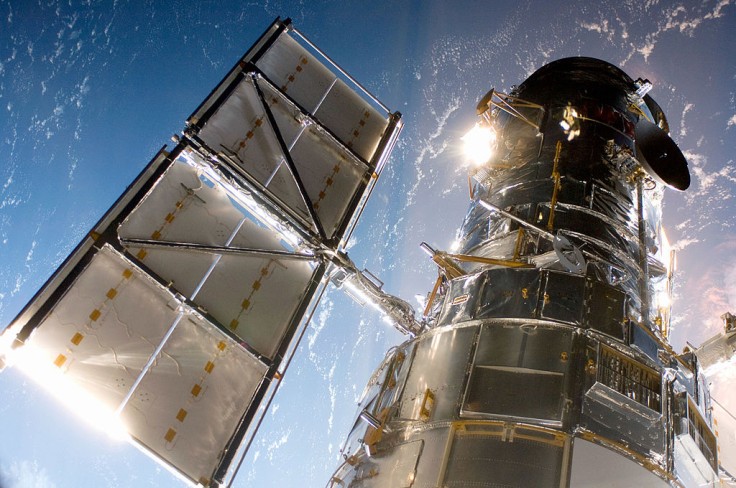
The first NASA Hubble image this year showed two galaxies that appear to be colliding at each other.
In addition, the space agency stated that this image showed two fascinating astronomical phenomena, which are Cepheid variable stars and cataclysmic supernova explosions.
NASA Hubble Image: Two Galaxies Crashing?
In the first NASA Hubble image captured this year, the space agency shared a spectacular photo of two spiral galaxies which seem to be colliding.
It’s the first #HubbleFriday of the year!
— Hubble (@NASAHubble) January 7, 2022
This week’s image shows two galaxies that appear to be plunging into each other, but in reality, they're far apart – only our circumstance of perspective makes them look as if they’re colliding.
Read more: https://t.co/5kQqcYZDwU pic.twitter.com/g5BIbb9eBj
To further emphasize, the NASA Hubble Space Telescope photographed this spiral galaxy named NGC 105 which is located around 215 million light-years away in the constellation Pisces.
Since several people are curious to know if NGC 105 is really colliding with a nearby galaxy, NASA clarified in their blog post that it is only a matter of perspective. This only means that the extended companion of NGC 105 is actually much further away.
The space agency explained that these kinds of visual connections are the product of our Earthly viewpoint which are common in astronomy, and the constellations are a fantastic illustration of this.
Additionally, the stars that makeup constellations are separated by huge distances from Earth.
"To us they appear to form these patterns because they are aligned along the same sightline, while an observer in another part of the galaxy would see different patterns," NASA continued in their post.
The findings in this picture from Hubble's Wide Field Camera 3 are part of a large collection of Hubble observations looking at neighboring galaxies with two fascinating astronomical phenomena, which are Cepheid variable stars and cataclysmic supernova explosions.
Per Britannica, the Cepheid variable is one of a class of variable stars whose variation periods are closely connected to their brightness that may be used to measure interstellar and intergalactic distances.
Meanwhile, Space.com explained that cataclysmic supernova explosions occur when the gas of the companion star accumulates on the white dwarf, and becomes increasingly compressed, triggering a runaway nuclear reaction inside it.
On the other hand, while these two events appear to be unconnected, astronomers use them both to calculate the immense distances between celestial objects.
Supernovae and Cepheids have luminosities that are quite predictable.
Certain "standard candles" are used by astronomers to calculate distances by comparing how bright these objects look from Earth to their real brightness. Supernovae and Cepheid variables coexist in NGC 105, allowing astronomers to compare the two methods of measuring distance.
Furthermore, astronomers recently used the distances and velocities of a sample of galaxies, including NGC 105, to calculate the Hubble constant, which measures how rapidly the universe is expanding.
Their findings contradict predictions from the most accepted cosmological model, and their research suggests that there is only a one-in-a-million probability that the gap is due to measurement mistakes.
The discrepancy between galaxy observations and cosmic projections has long been a cause of concern for astronomers, and these discoveries give compelling fresh evidence that something in the current model of cosmology is either incorrect or missing.
NASA Hubble Space Telescope
Through the attached Wide Field Camera 3 in NASA Hubble Space Telescope, astronomers have observed NGC 105 and its nearby galaxy.
The Wide Field Camera 3 (WFC3), which was installed by astronauts during Hubble Servicing Mission 4 in 2009, is continuing the pioneering legacy of the past Hubble cameras, but with significant upgrades that are extending the telescope's voyage of discovery.
WFC3 investigates a wide range of objects and processes, ranging from young and far-away galaxies to much closer star systems, as well as things inside our own solar system and exoplanets. WFC3 expands NASA Hubble Space Telescope's potential not just by looking farther into the cosmos, but also by delivering pictures in three-wide sections of the spectrum: UV, visible light, and near-infrared (NIR).









